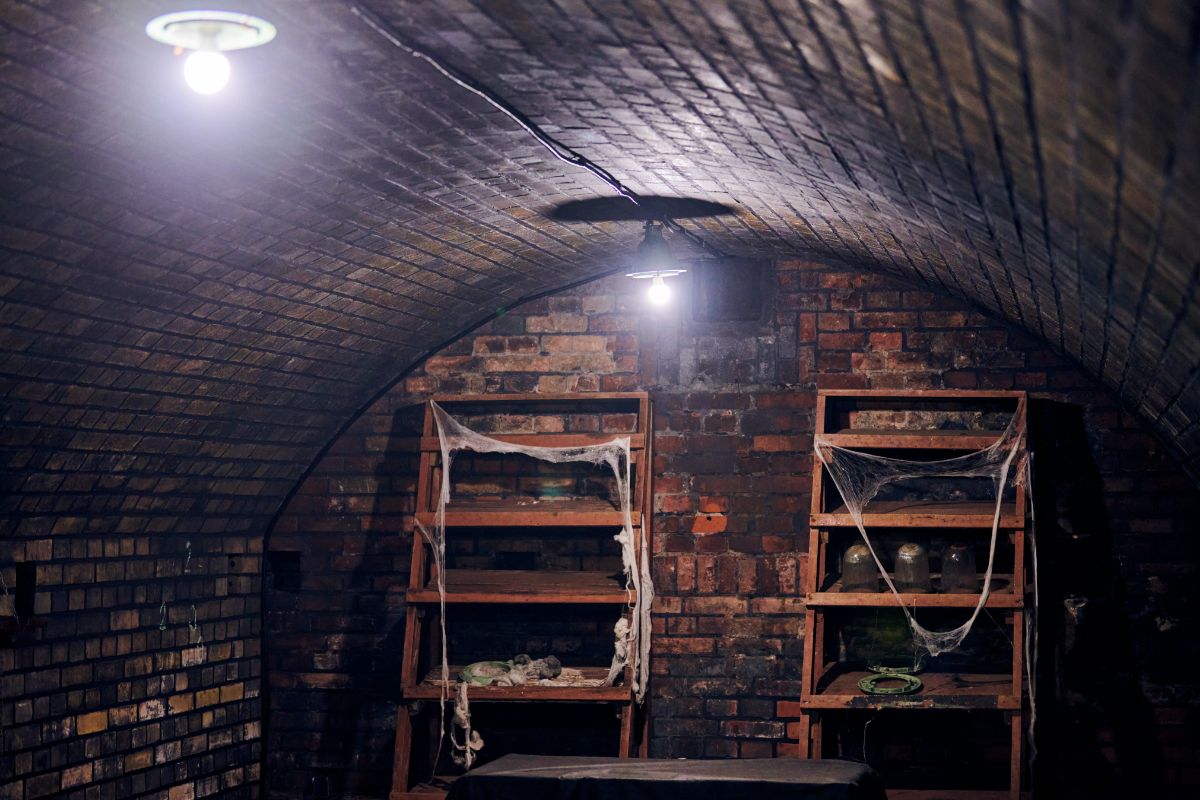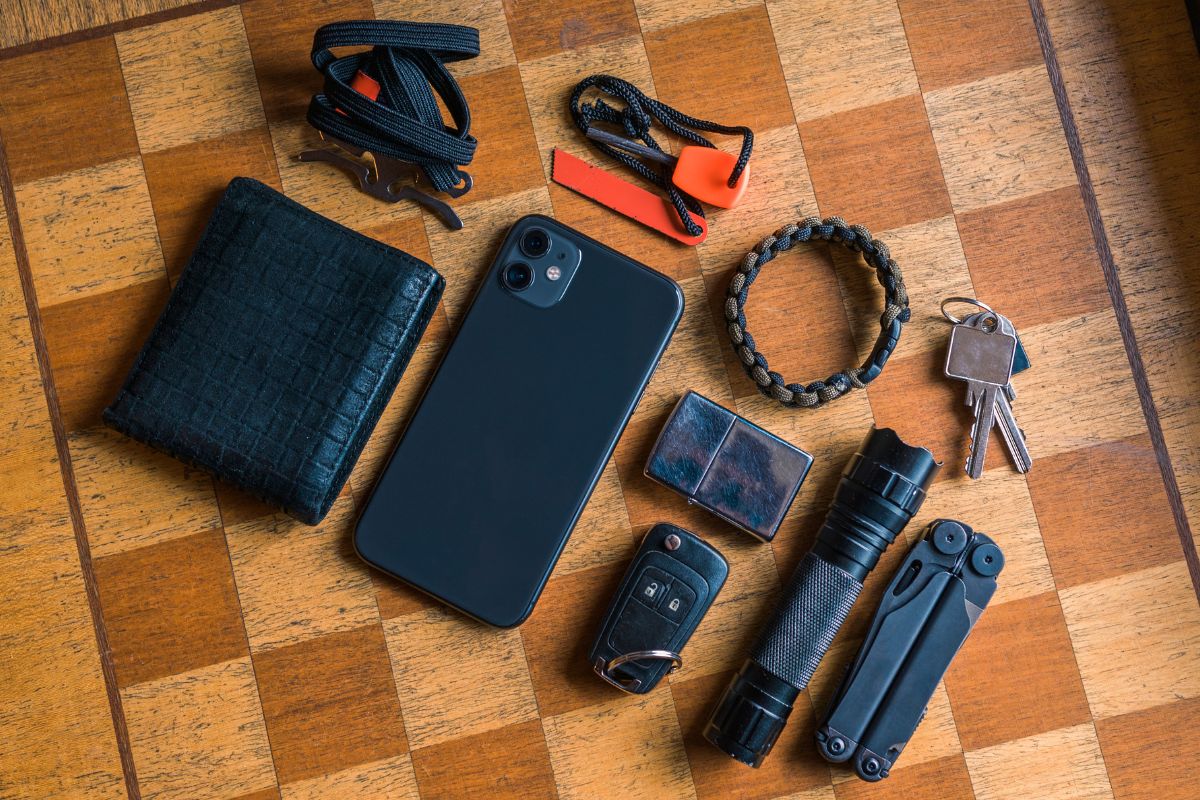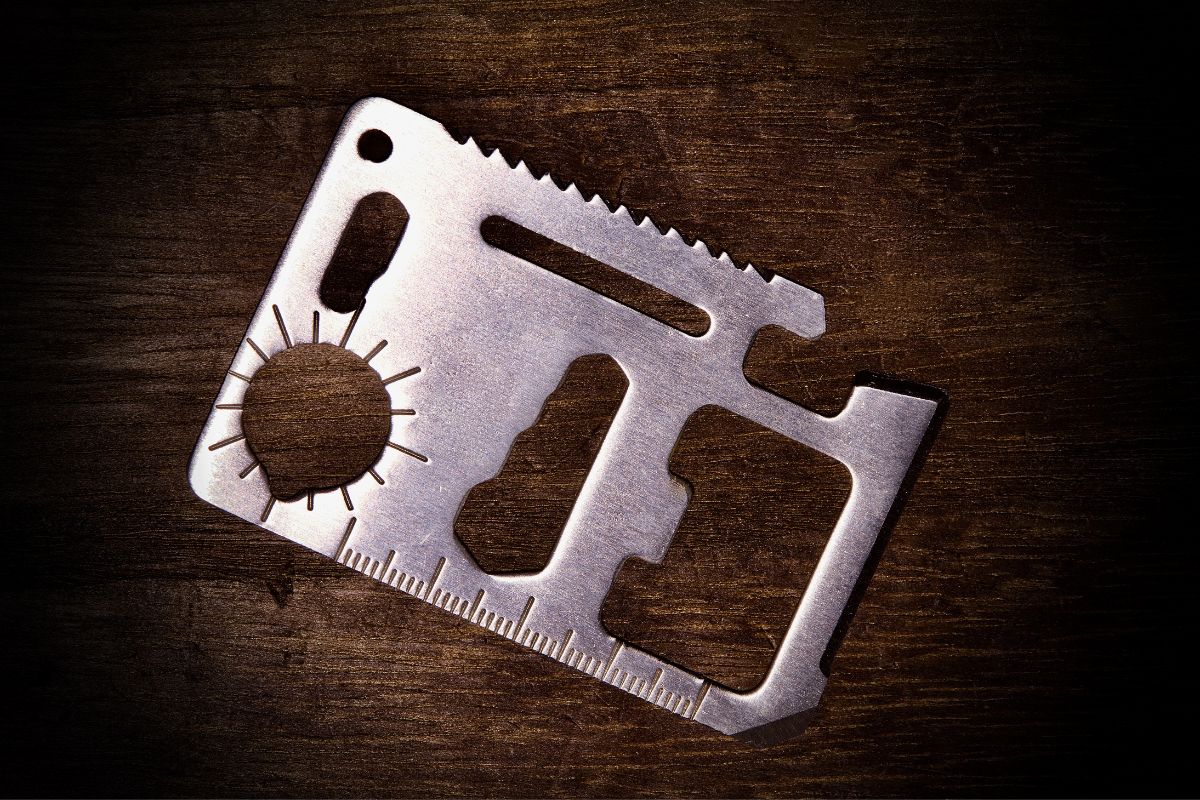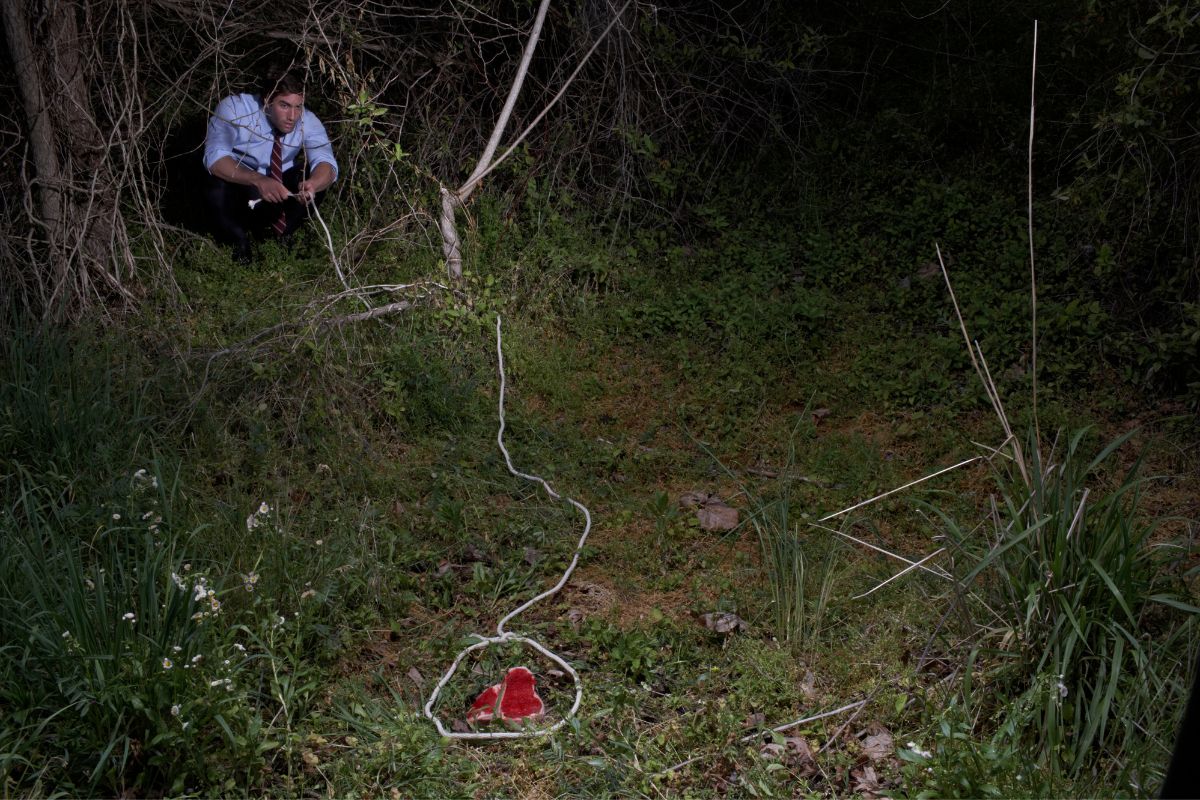If you’re in a survival situation, having safe drinking water is one of your top priorities.
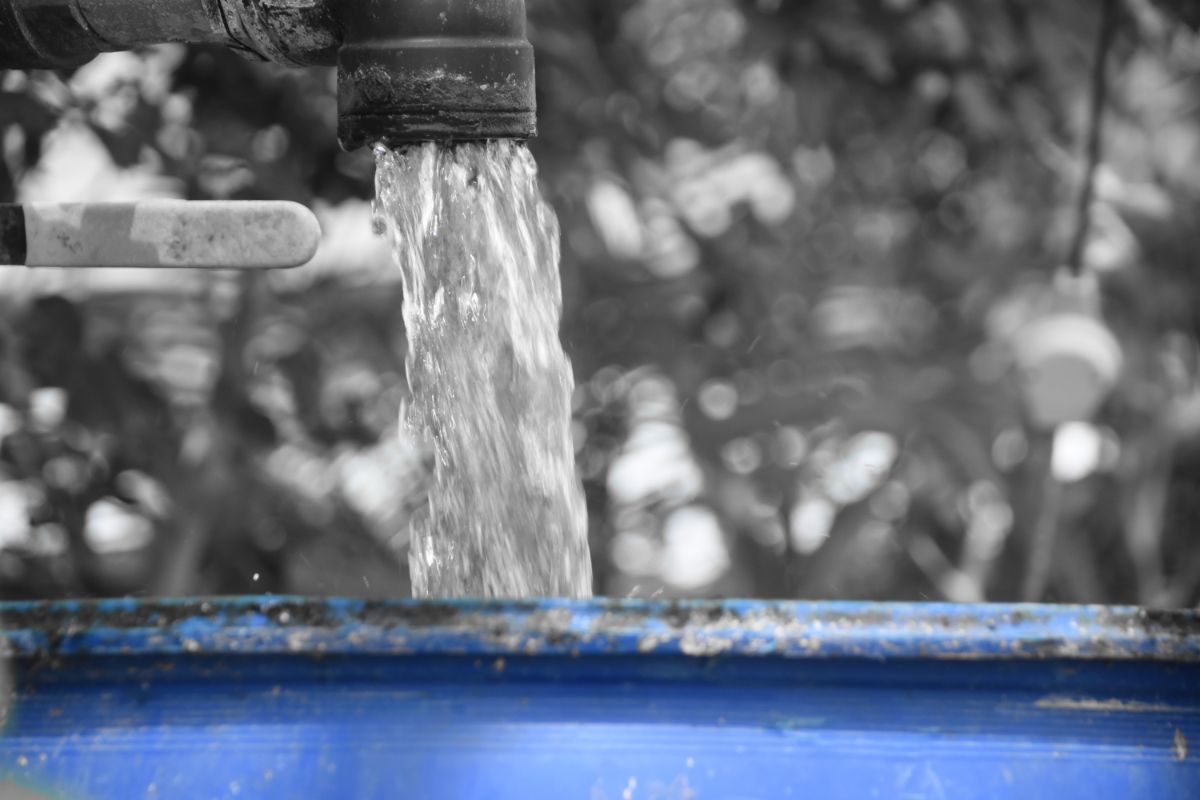
Dehydration is a major threat, and you can die in a matter of days if you don’t get water quickly.
Unfortunately, salt water isn’t safe to drink, and you’ll need to desalinate it (remove the salt) if you want to drink it.
Luckily, we’re here to help! In this guide, we’ll teach you two simple methods for desalinating water to improve your odds of survival. So let’s get started!
Turning Salt Water Into Drinking Water: Two Simple Methods
Desalinating water in a survival situation can be difficult, but there are two fairly easy methods you can use: distillation and using a solar still.
To make things easier, we’ve split these methods into two simple step-by-step guides.
Method One: Distillation
If you’re trying to get fresh water from seawater, you need some way to get rid of the salt while also making the water safe to drink.
Distillation involves boiling the water to evaporate it, leaving the salt and other impurities behind. Here’s how to do it.
What You’ll Need
- A sealable container that can withstand extreme heat (eg. glass, metal, or clay)
- A condenser or cooling tube
- A second container to catch the condensed water
Step 1 – Set Up Your Distilling Equipment
The first thing you need to do is to set your equipment. This is simple enough to do.
First, fill your heat-resistant container with salt water.
If you’re getting this from the sea, go a bit out from the shoreline to limit the amount of sand and other detritus you gather.
From here, set up the condenser or cooling tube so that it runs from the first container to a second one.
this is where you’ll be collecting the fresh water. Try to avoid any holes or gaps that steam can escape through.
When the water is boiled, it will run through the tube as steam – to get the water, you’ll need to condense it along the way.
Run the condenser or cooling tube through some more salt water to cool it down so the water condenses and drips into the second container.
Step 2 – Start A Fire
Here’s where things get tricky. To boil the water, you’ll need to generate a lot of heat, and starting a fire can be tricky in a survival situation.
Matches, a lighter, or some flint and steel are easy ways to do this.
Alternatively, a fire starter is an ideal reusable method. If you don’t have these, you can do a more traditional method by rubbing sticks or using a curved lens.
this can be tricky to do, however, and takes some practice to pull off.
Step 3 – Boil The Salt Water
Once your fire has started, transfer it beneath your container of salt water. After a few minutes, it will begin to boil.
The boiling water will generate steam, which will then try to escape out of the container.
This is why it’s important to make sure there are no gaps for it to escape out of.
With nowhere else to go, the steam will start traveling down your condenser/cooling tube.
Boiling the salt water will evaporate the fresh water, leaving the salt and other impurities behind.
Step 4 – Catch The Condensation
As the steam travels down the cooling tube/condenser, it will pass through the cooled section and start to condense.
You’ll know when this starts happening because you’ll see drips coming from the end of the tube.
Place the second container beneath the mouth of the tube and wait.
After a while, you’ll gather enough fresh water for a refreshing drink!
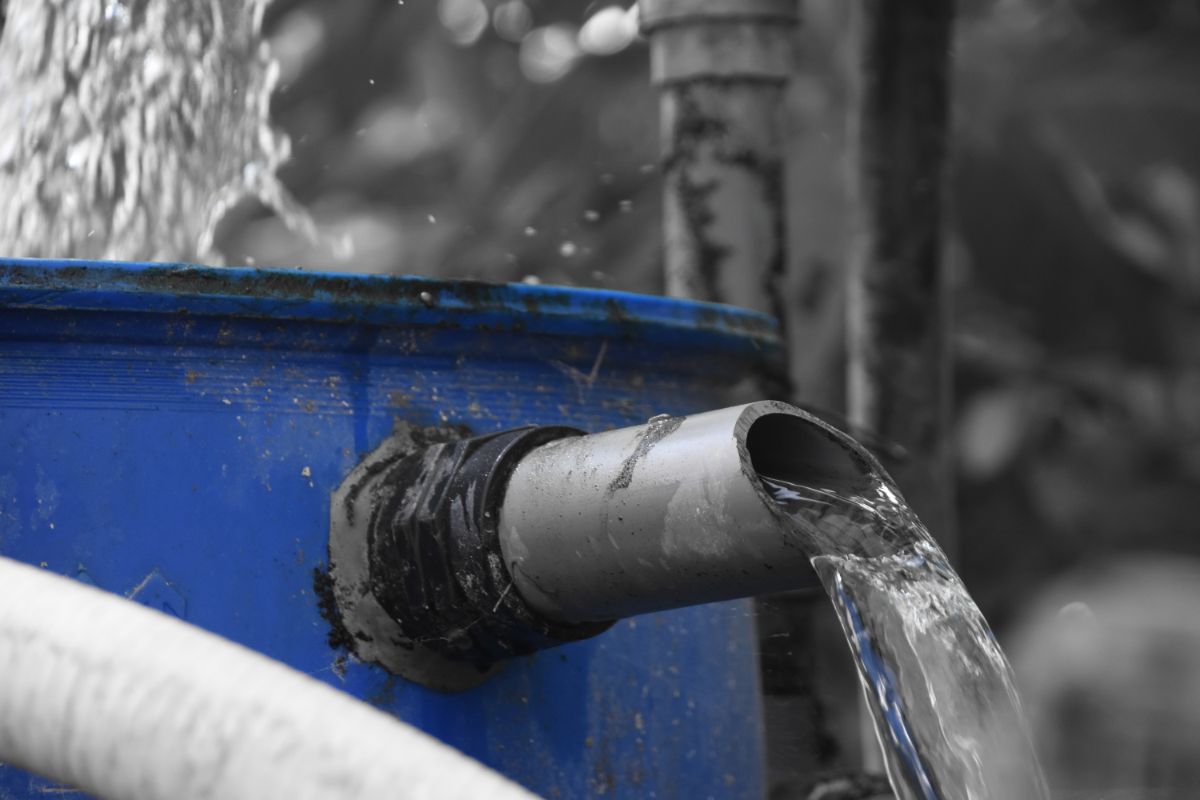
Method Two: Solar Stills
This method is similar to distillation in that it involves evaporating the fresh water from salt water.
However, boiling water can be hard to do in a survival situation; that’s why this method uses the sun’s heat to evaporate the water!
What You’ll Need
- A way to purify the water (eg. filtration pumps, purification tablets, etc.)
- Plastic wrap or tarp
- A container to catch the condensed water
- Vegetation (if possible)
Step 1 – Purify The Water
Before you can start evaporating the salt water, you first need to purify it.
Unlike distillation, which purifies the water through boiling, using a solar still won’t get rid of any bacteria and other nasty impurities from the water.
There are several ways to do this, such as purification tablets (which can be found in most drug stores and large grocery stores), or filtration pumps.
Drinking dirty water isn’t much better than drinking salt water, so purifying it first will keep you from getting ill.
Step 2 – Dig A Hole And Add The Salt Water
Now that you’ve purified the water, it’s time to start desalinating it. To start, dig a shallow hole in the ground.
It’s better to make the hole more wide than deep, as this will be more efficient at evaporating the water.
Once you’ve dug your hole, fill it with some vegetation. This will add another source of moisture to be evaporated. Then, pour in your salt water.
Finally, place the collection container into the center of the hole, making sure it’s clear of vegetation.
Step 3 – Set Up The Plastic Sheet
With the hole set up, you can lay the plastic sheet or tarp over the top of the hole.
Make sure that the entire top of the hole is covered by the sheet to avoid water evaporating out of the top.
Weigh down the sides of the sheet to keep it from blowing away or being disturbed, and weigh down the center slightly just above the container.
this will ensure that the water trickles into the container once it’s condensed.
Step 4 – Wait For The Water To Evaporate
Now all you need to do is wait. This will take a while, and you’re best off leaving it overnight so the plastic cools down.
In the morning, tap the sides of the plastic so any condensation falls into the container.
Take the container out, and it will be filled with fresh, drinkable water!
This is a far less efficient method than distilling, but if you don’t have access to the necessary tools it will work great in a survival situation!
Final Thoughts
And there you have it – two ways to desalinate water into fresh drinking water if you’re stuck in a survival situation.
If you’re stuck in a desperate situation without access to water, using these methods will make sure that you can stay hydrated and have the best chance of survival. Let’s just hope you’ll never have to use them!
- How To Make A Quick And Easy DIY Toilet For Camping - September 19, 2022
- How To Use A Knife For Self Defense - September 19, 2022
- How To Help The Elderly Recover From A Disaster - September 19, 2022

